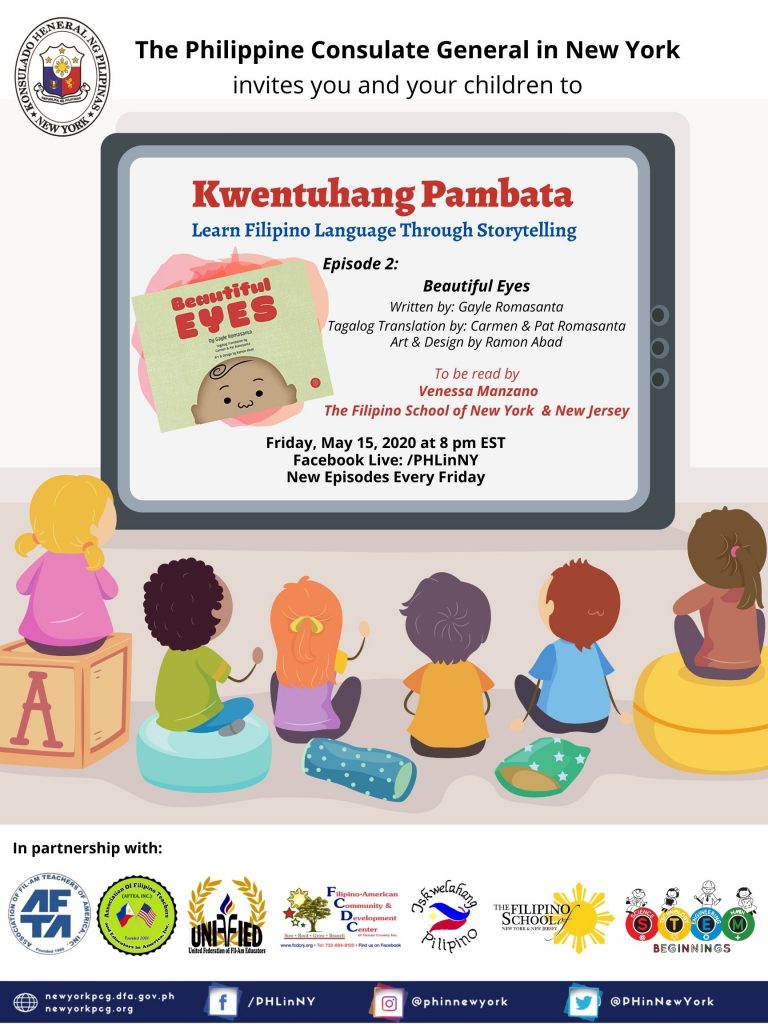Philippine Textile Innovation 'KatHABI' Makes International Debut in New York City

The Philippine Center in New York became a focal point of cultural and technological convergence as it hosted KatHABI: A Textile Innovation Exhibit from 25 to 28 June 28 and the KatHABI Fashion Innovation Event on 27 June. Organized by the Department of Science and Technology – Philippine Textile Research Institute (DOST-PTRI) in collaboration with the Philippine Consulate General in New York and the Philippine Trade and Investment Center in New York, the back-to-back events marked the debut of Philippine textile innovation on the international stage.
KatHABI, a portmanteau of the Filipino words “Katha” (invention or composition) and “Habi” (weave), celebrates the masterful creation of textiles through the skillful composition of innovative materials, sustainable processes, and technologies.

The exhibit featured the latest innovations in textiles and garments made from blended natural textile fibers such as abaca, pineapple, bamboo, Philippine silk, and natural dyes. Central to the exhibition are the Natural Textile Fiber (NTF) transformation and Research and Development (R&D) output from key DOST-PTRI programs such as Fostering the Revitalization of Nascent Textile Innovations Ecosystems (FRONTIER), Bamboo Textile PH, Natural Dyes, SEDA Pilipinas (Silk), and Shoes and Footwear Accessories from the R&D on Textile-based Omnibus Solutions for the Philippine Shoe Industry Program (SAFATOS). These sustainable materials align with global trends toward eco-friendly and sustainable fashion, offering environmentally conscious alternatives in the textile industry.



Meanwhile, the fashion innovation event debuted the latest collections by esteemed Filipino-American fashion designer Anthony Cruz Legarda and acclaimed Filipino fashion icon Avel Bacudio. Legarda, known for his distinctive style that blends traditional Filipino textiles with contemporary fashion, presented his new creations, such as Haute Culture, Kawayarn, and TechStyle. These collections are made from the DOST-PTRI Research and Development (R&D) programs and were engineered through the Institute’s technology.
In his welcome remarks during the fashion show, Consul General Senen T. Mangalile stated, “The Philippines has long been a cradle of creativity, with a vibrant and dynamic creative industry that continues to thrive. The Philippine Consulate’s ongoing Philippine Fiber and Textile Promotion Program represents our commitment to this industry. This multi-year initiative aims to promote and develop our plant-based fibers, fabrics, and textiles. Through this program, we highlight how our traditional materials and techniques can be transformed and elevated through innovation, embodying the spirit of Filipinnovation.”
DOST-PTRI Director Dr. Julius Leaño, Jr. emphasized that the KatHABI Textile Innovation Exhibit and Fashion Innovation Event were platforms to share the many stories and experiences of the DOST-PTRI, highlighting the defining and pivotal role of science, technology, and innovation in the context of the Philippines’ rich textile heritage, and DOST-PTRI’s relationships with Filipino weavers and communities.
KatHABI marks a significant milestone for Philippine textiles as it introduced the world to exquisite designs crafted by prominent Filipino fashion designers, celebrating both innovation and tradition in one of the world’s fashion capitals. The events showcased the creativity and craftsmanship of Filipino artisans and, at the same time, opened new avenues for collaboration and growth in the global textile industry. END


